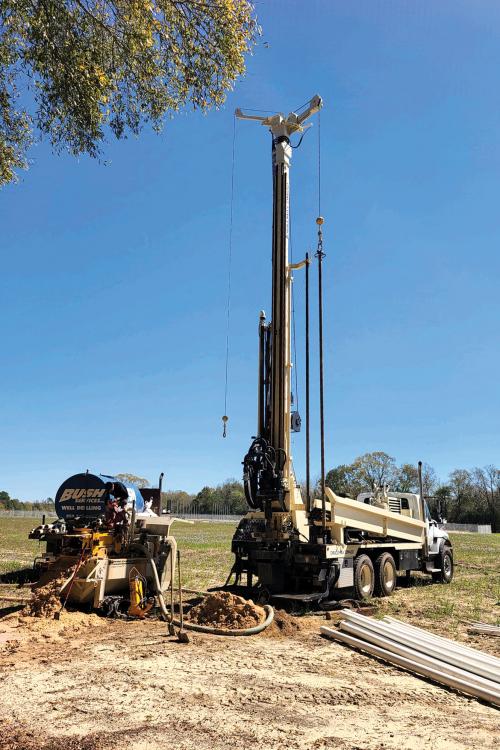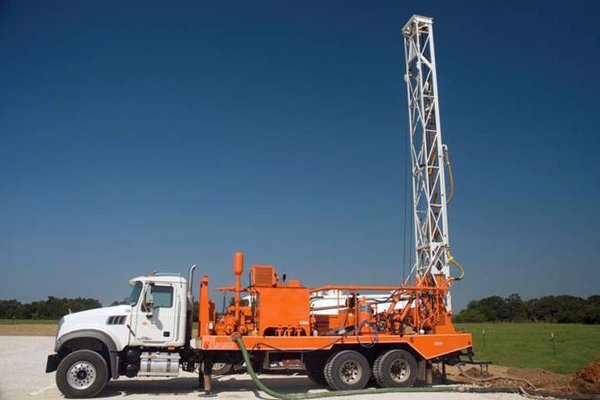
Heat pump water heaters are innovative and energy-efficient appliances that provide hot water for residential and commercial use. One common question that arises when considering the installation of a heat pump water heater is whether it can be installed outside. In this article, we will explore the benefits, considerations, and steps involved in installing heat pump water heaters outdoors.
Benefits of Outdoor Installation
Space-saving advantages: Installing a heat pump water heater outdoors frees up valuable indoor space. This is particularly beneficial for homes with limited square footage or those seeking to optimize their utility room or basement for other purposes.
Noise reduction: Heat pump water heaters can generate some noise during operation. Placing them outside helps minimize indoor noise levels, allowing for a quieter living environment.
Improved energy efficiency: Outdoor installation allows heat pump water heaters to draw in ambient air, which is typically warmer than the air indoors. This results in improved energy efficiency and reduced operational costs.
Extended lifespan: By placing the heat pump water heater outside, you can help extend its lifespan. This is because outdoor installation reduces the wear and tear on the unit caused by constant exposure to high temperatures and humidity in indoor spaces.
Reduction of indoor heat load: Heat pump water heaters generate heat as they operate. Installing them outside prevents the additional heat from being released into indoor spaces, reducing the cooling load on your air conditioning system during warmer months.
Considerations for Outdoor Installation
Climate suitability: Before opting for outdoor installation, consider the climate in your region. Extreme temperatures or significant temperature fluctuations may affect the performance and efficiency of the heat pump water heater. Ensure that the unit is rated for outdoor use and can withstand the prevailing weather conditions in your area.
Location selection: Choose a suitable location for the outdoor installation. The area should have adequate airflow and ventilation to allow the heat pump water heater to function optimally. Additionally, protect the unit from direct sunlight, heavy rains, snow, or other extreme weather conditions. Ensure the chosen location is easily accessible for maintenance and repairs.
Proper installation procedures: It is crucial to have the heat pump water heater installed by a qualified professional. They will ensure compliance with local codes and regulations, guarantee proper electrical and plumbing connections, and use suitable materials and equipment to prevent damage or malfunction.
Steps for Outdoor Installation
Pre-installation preparations: Determine the ideal location for the heat pump water heater, considering factors like accessibility, ventilation, and protection from the elements. Ensure that the electrical and plumbing connections are in place and meet the manufacturer’s guidelines and specifications.
Installation process: Mount the heat pump water heater securely in the chosen location. Connect the electrical and plumbing systems, following the instructions provided by the manufacturer. Ensure that the unit is properly secured to prevent any movement or damage during operation.
Post-installation considerations: Test the heat pump water heater to ensure proper functionality. Insulate and protect any exposed pipes to prevent freezing or damage. Implement a regular maintenance routine, including cleaning the coils and filters, to keep the unit in optimal condition.
Potential Challenges and Solutions
Extreme weather conditions: In regions with extreme weather, insulation and weatherproofing are essential to protect the heat pump water heater. Additionally, using protective covers or enclosures can shield the unit from direct exposure to heavy rain, snow, or extreme heat.
Noise concerns: To address noise concerns, choose a heat pump water heater model known for its quiet operation. Locate the unit away from living spaces, such as bedrooms or living rooms. Implement sound barriers, such as fences or plants, or use dampening techniques to minimize noise transmission.
Maintenance and repairs: Outdoor installation requires easy accessibility for maintenance and repairs. Ensure that the unit is easily reachable, allowing for regular cleaning of coils and filters. Timely repair of any damage or malfunction is crucial to ensure the unit’s longevity and efficient operation.
Conclusion
Outdoor installation of heat pump water heaters offers several benefits, including space-saving advantages, noise reduction, improved energy efficiency, extended lifespan, and reduced indoor heat load. However, careful consideration of climate suitability, location selection, and adherence to proper installation procedures is necessary to ensure optimal performance and longevity. By consulting with a qualified professional and following manufacturer guidelines, homeowners can confidently explore the option of installing heat pump water heaters outside, taking advantage of the numerous benefits they offer.


